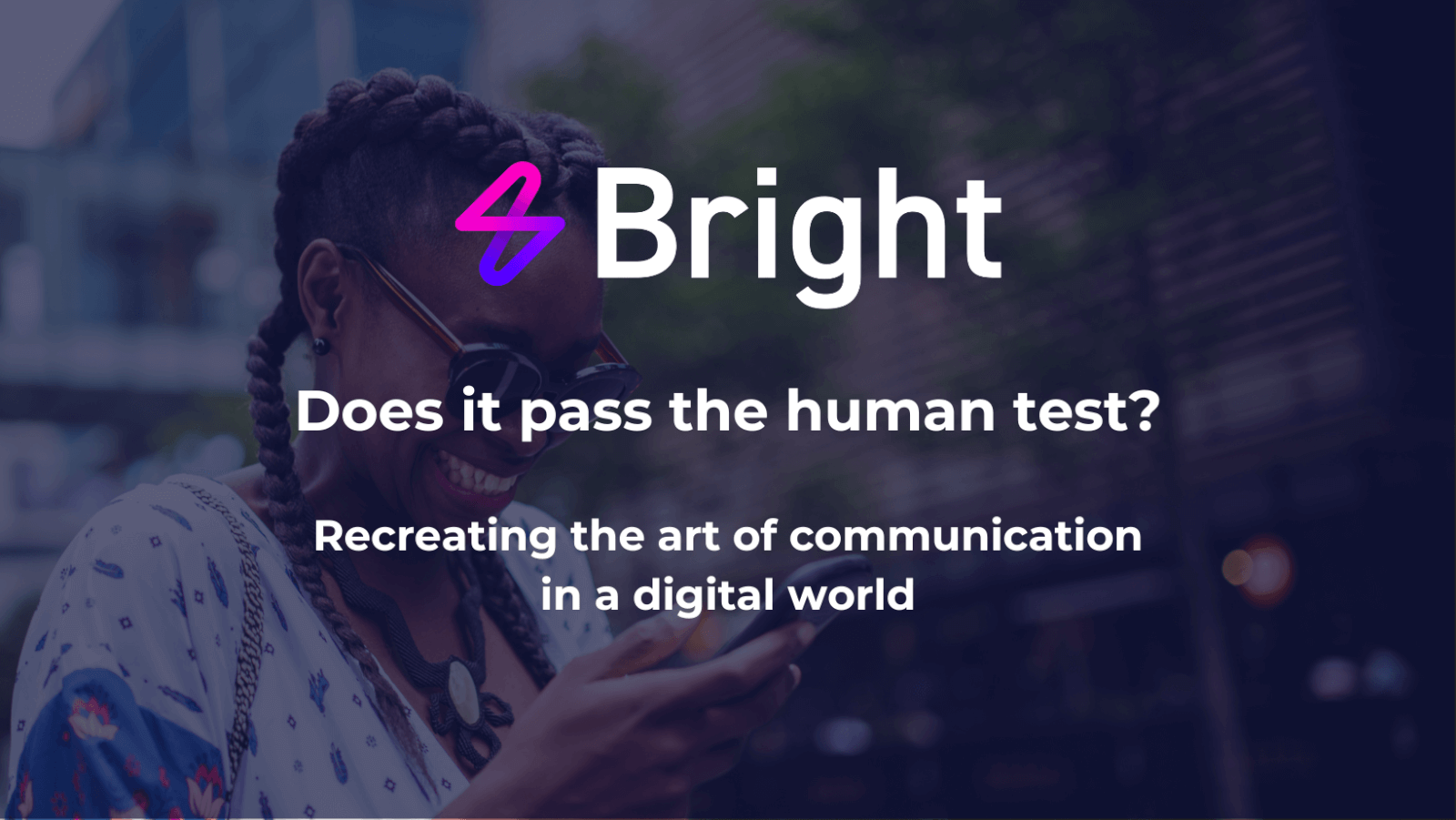You’ve got the idea; now how do you make sure it’s successful? This is where effective briefing comes in. The process of briefing sets up your team for marketing success by ensuring everyone has a clear understanding of the what, why and how of the campaign or project. It starts with ideation and ends with validated results – making it an essential part of any B2B marketer’s toolkit. In this blog post, we’ll discuss why good briefing is so important and outline key steps to help you deliver winning outcomes every time.
For those looking for greater marketing agility having good discipline around briefings is key. By following a few simple steps, you can make sure your team is always aware of the big picture as well as the details. This will help them to deliver better results, faster.
So, what are the key steps to take when briefing for agile marketing success?
Set clear objectives
The first step is to set clear and measurable objectives that align with your marketing and business goals, KPIs and/or OKRs. Without these in place, it’s impossible to know if your team’s efforts are having the desired effect. Be sure to involve key stakeholders in this process so that everyone is on the same page from the outset.
Data should be driving your marketing team’s activities. By setting out baselines and KPIs for key performance indicators, you can keep your focus on the appropriate outcomes while giving your team a goal to strive for.
Identify your target audience
Next, you need to identify your target audience. This might seem like a no-brainer but it’s critical to define and prioritise your target market and the personas of decision makers and influencers. For B2B marketers’, audiences can often be narrow with a relatively small number of key accounts they want to target. Part of your briefing process is to understand these accounts and work out what their pains or barriers are, what gains they want to create and their personal and business drivers – then you are able to create a proposition that fits their requirements and use this knowledge in your marketing to test best how to engage your audience. Without this level of detail, your team will have a hard time creating targeted and effective content.
Outcomes vs outputs
When briefing your team, it’s important to focus on the desired outcomes of the project rather than outputs. In other words, what do you want to achieve and how will you measure success? For example, if you’re looking to increase brand awareness, you might measure this by tracking web traffic or social media engagement. By clearly defining the outcomes you’re looking to achieve, you’ll be able to create a more effective brief and ultimately get better results.
Sharpen your brief with experimentation and testing
In order to be most adaptable and agile in your marketing, you’ll need to agree on how you’ll take ideas forward and iterate until you find the most compelling creative approach for your campaign or asset.
The majority of agile marketers focus on a minimum viable approach so that they can rapidly test different ideas, channels, messages, or calls to action. They then use the information gathered from these tests to help make informed decisions and cut down on the overall time it takes to get their product or services out onto the market. You should aim to capture how you want to use experimentation and testing as part of your brief and even start to set some hypotheses to prove or disprove early on to support fine tuning the project or campaign outputs.
Include a call to action
Don’t forget to include a call-to-action (CTA) in your briefing. This could be anything from asking the team to create a piece of content that’s shareable on social media to designing an interactive tool that a prospect can use to calculate the cost or efficiency savings. Without a CTA, it will be hard to drive engagement, generate responses and measure the success of your marketing efforts.
Get a grip on the business case and budget
It’s crucial that B2B marketers can show ROI, so they must be mindful of their budget and how it affects their bottom line. To get the most out of their marketing campaigns, modern marketers should follow a framework that includes small, regular releases of funds to support larger investments down the road. Because money matters are often sensitive topics within companies, especially when facing an economic downturn, it’s essential for marketers to be able to demonstrate the value they bring with every penny spent.
Get sign off
Finally, it’s important to get sign off from key stakeholders. This will help to ensure that everyone is on the same page and buy-in has been achieved for the project. Once you have sign off, you can move forward with confidence, knowing that you have the support of your team and senior management.
Make sure your team is always on the same page by ensuring quality briefings. This will lead to a more agile marketing process, and your employees will thank you later when they see how much better they work and the impact of their efforts.
Download our free one-page Agile Marketing Campaigning game plan here to begin your campaigns and projects the Bright way.








